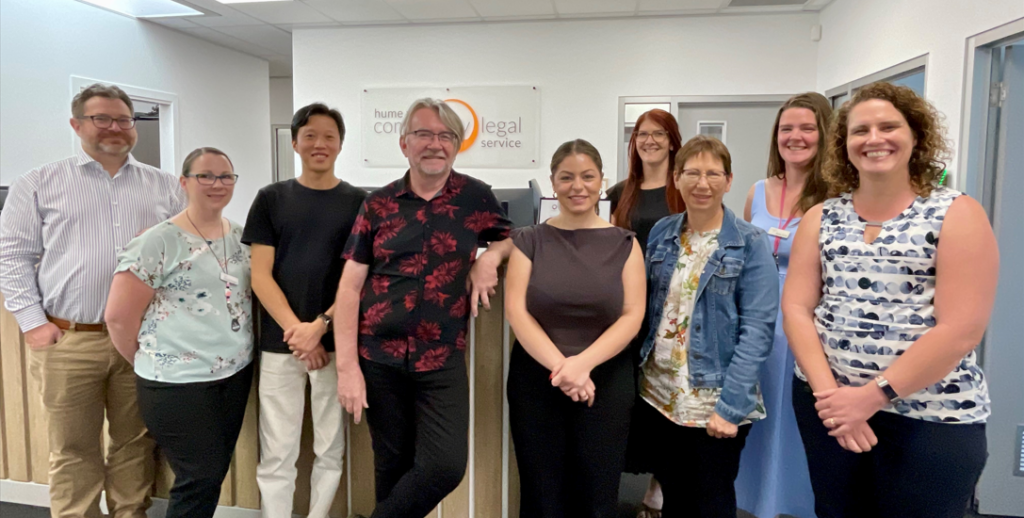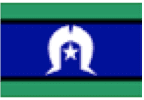Very few people plan to go into debt. Financial debts often creep up over time; sometimes we don’t realise we have a debt until the amount owing is quite large, or the debtor is demanding repayment.
People with a Centrelink debt often find the situation daunting. They might not know why they have a debt, what’s gone wrong, or what their options are, just that Centrelink are asking them to repay hundreds or thousands of dollars seemingly out of nowhere.
Centrelink debts are accrued when a person is paid more money than they were entitled to. Centrelink are required by law to recover money that has been overpaid. Centrelink does this by ‘raising’ a debt against the person. Centrelink calculates how much the person has been overpaid, and then contacts the person and ask for this to be repaid.
Overpayments can happen for many reasons. You may have been paid too much because:
- Your payment rate wasn’t calculated correctly. For example, Centrelink might have had wrong information about your income, assets or relationship status.
- You did not meet the eligibility criteria for the payment you were receiving.
- Centrelink didn’t have up to date information about changes to your circumstances. For example, this might happen if you don’t tell Centrelink about starting work or changing jobs, or about starting a relationship or moving house.
- Centrelink made a mistake.
- Another reason.
What now?
If you don’t know why you’ve been overpaid, you can call Centrelink and ask a Centrelink officer to tell you the reason for the debt. Understanding why Centrelink believes they have paid you too much can help you assess your options for challenging or otherwise addressing the debt.
Social Security Debt Help is a website designed to help you understand what might have gone wrong, what your options are, and where you can get help.
Using the Self Help Tool, simply enter into the website some information about your situation, and in response you will be given a kit. This kit will provide you a summary of the options available to you to address your Centrelink debt, and help you identify questions to ask a lawyer, financial counsellor or someone else supporting you through the process.
Social Security Debt Help is aimed at those supporting other people with debts too, whether that be professionals such as lawyers or community workers, or friends and family. The website can help them understand the options the person has, and get them further support if they need it.
At SSRV, we always encourage people to seek legal advice before appealing a Centrelink debt. Social Security Debt Help can help you get more out of that advice, and make sure you’re asking the right questions and receiving correct information.






